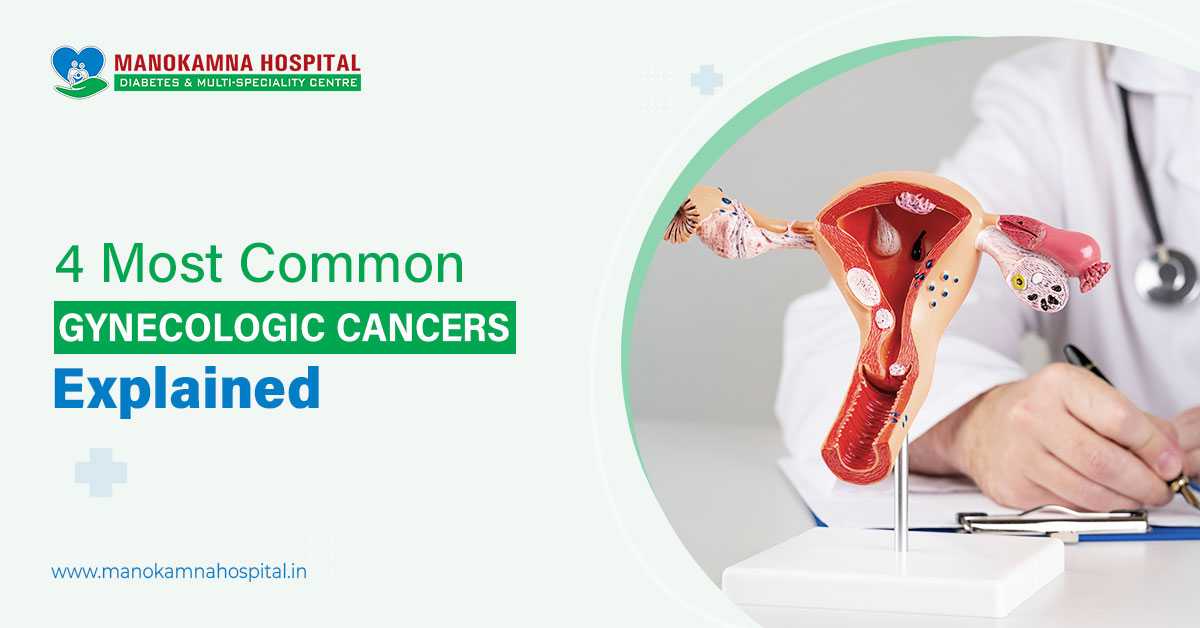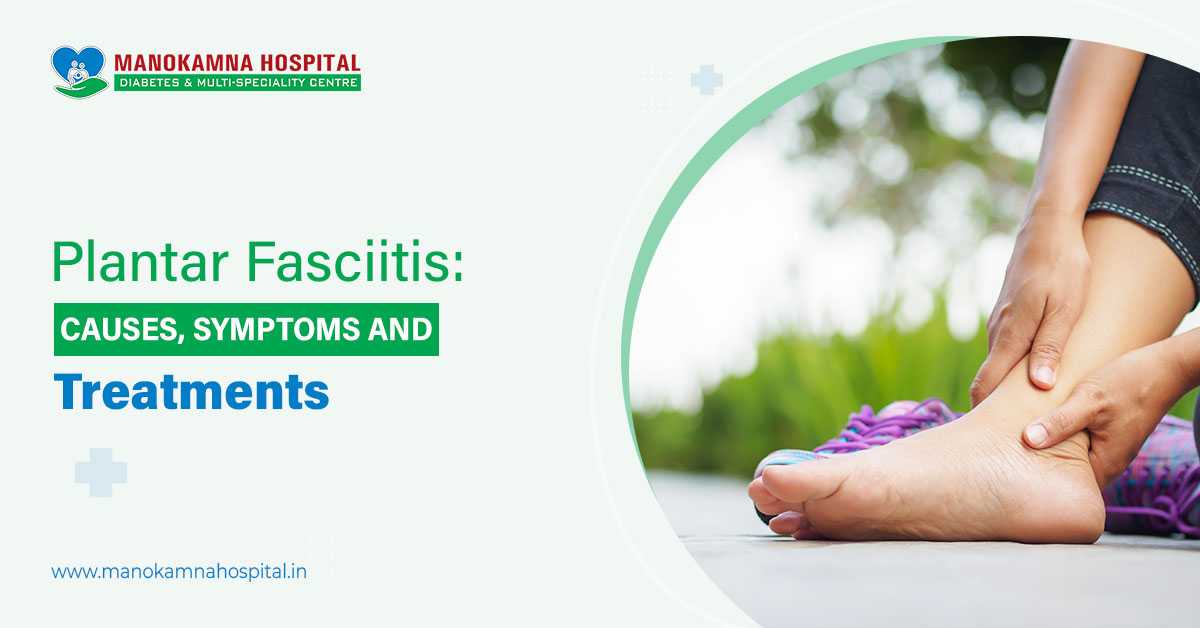Among cardiovascular conditions, a heart attack is one of the medical emergencies. Interrupted blood flow to the heart muscle causes a heart attack, clinically known as a myocardial infarction. Access to fast medical support increases survival. This blog gives some reasons causing this emergency health condition.
It can be your food habit or lifestyle that makes you more likely to have a heart attack. At the same time, poorly uncontrolled diabetes or high blood pressure can put you at the same risk. Look after your pre-existing medical conditions. Consult the top cardiologist at the best multispecialty hospital in Siliguri city.
What are the possible signs of a heart attack?
Common signs or discomforts before a heart attack may include:
- Angina, feeling like a fullness, heaviness, crushing pain in the chest
- Chest pain that travels up to other areas of the body, like the left arm/both arms, teeth, neck, upper belly, shoulder, waist, back, neck
- Breathing difficulty or shortness of breath
- Anxiety
- Heart palpitation
- Fatigue
- Heartburn
- Cold sweat
- Sudden onset of dizziness
- Nausea
A growing body of research stated women are less likely to experience chest pain or feeling of indigestion. According to recent research, women are more susceptible to shortness of breath, fatigue, nausea, vomiting, and pain in the jaw, neck, shoulder, arms, abdomen, and back. Recurrent angina may indicate heart disease or myocardial infarction.
What puts you at risk of heart attack
Some of the causes of a heart attack include:
- Coronary artery disease appears to be the most common cause of myocardial infarction, marked by the narrowing of coronary arteries. Coronary arteries refer to the heart's major blood vessels that get narrow due to progressive plaque build-up. CAD is a long-standing heart condition, causing signs like stable angina, shortness of breath.
- Spontaneous coronary artery dissection is a tear or separation in the wall of a coronary artery. SCAD increases the likelihood of acute coronary syndrome. Signs of SCAD unstable chest pain, a heart attack, excessive sweating, indigestion, dizziness, fainting, pain in the arm, jaw, and shoulder, shortness of breath, heart palpitations, et al.
- Coronary artery spasm is a sudden onset of a tightening of muscles within the heart arteries. This medical condition restricts the blood flow to the heart due to the narrowing of arteries. Many times, this condition shows no noticeable symptoms. However, possible signs of it can be chest pain, chest tightness, pain felt on the left side, pain that occurs at rest more often, etc.
Contributing factors here involve high blood pressure, diabetes, tobacco smoking, high cholesterol, sedentary lifestyle/lack of physical activity, obesity, a diet high in sodium, sugar, animal fats, trans fats, processed foods, a history of preeclampsia (high blood pressure during pregnancy), metabolic syndrome, alcohol consumption, substance abuse, family history of heart attack, autoimmune disease, excessive emotional stress.
In order to prevent the risk of a heart attack, follow a healthy lifestyle, do moderate exercise, refrain from excessive consumption of processed foods, and animal products, manage stress, reduce obesity through lifestyle modification, take prescribed meds, control pre-existing health conditions, go for health check-ups, do not ignore health signs.




